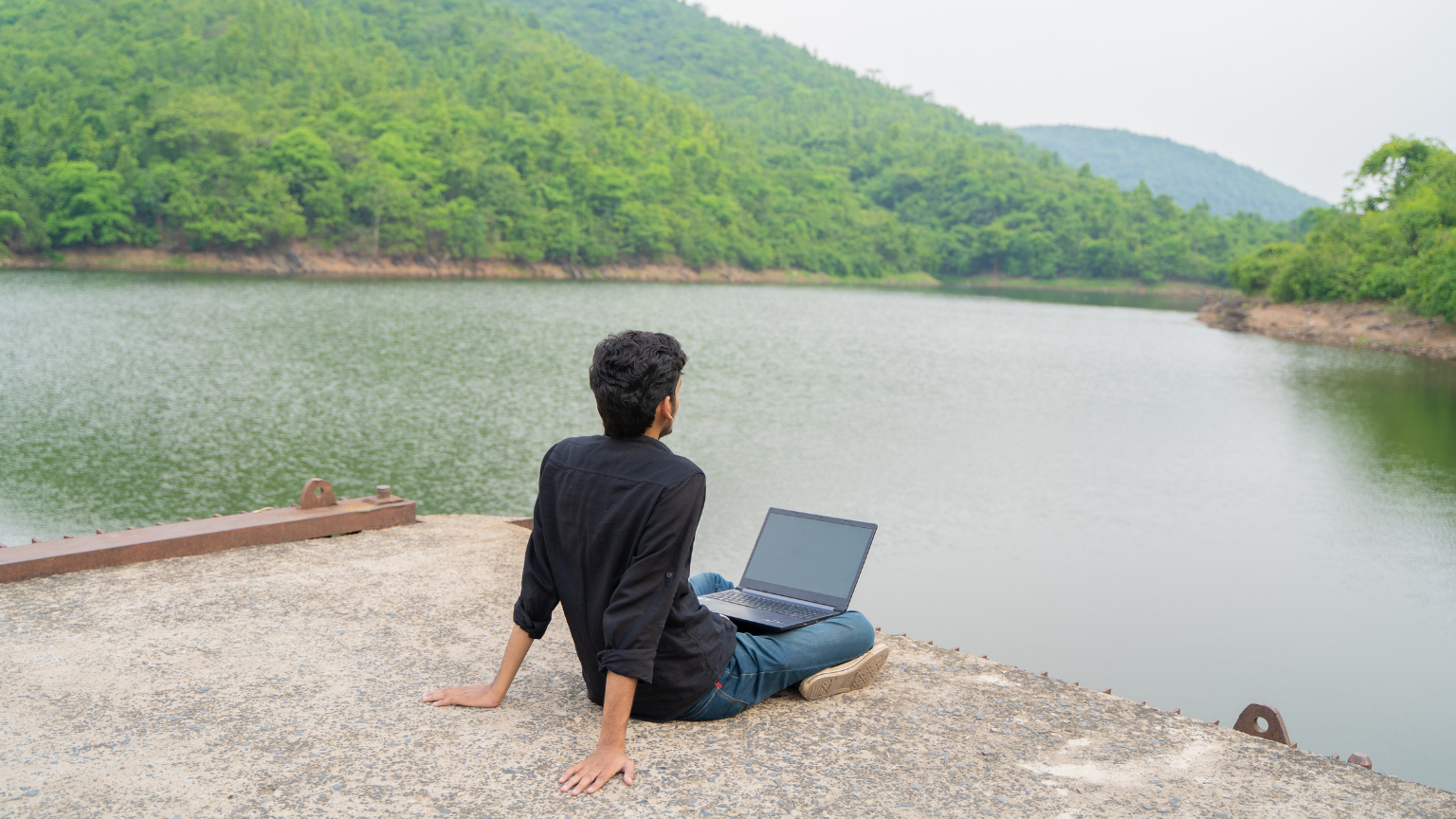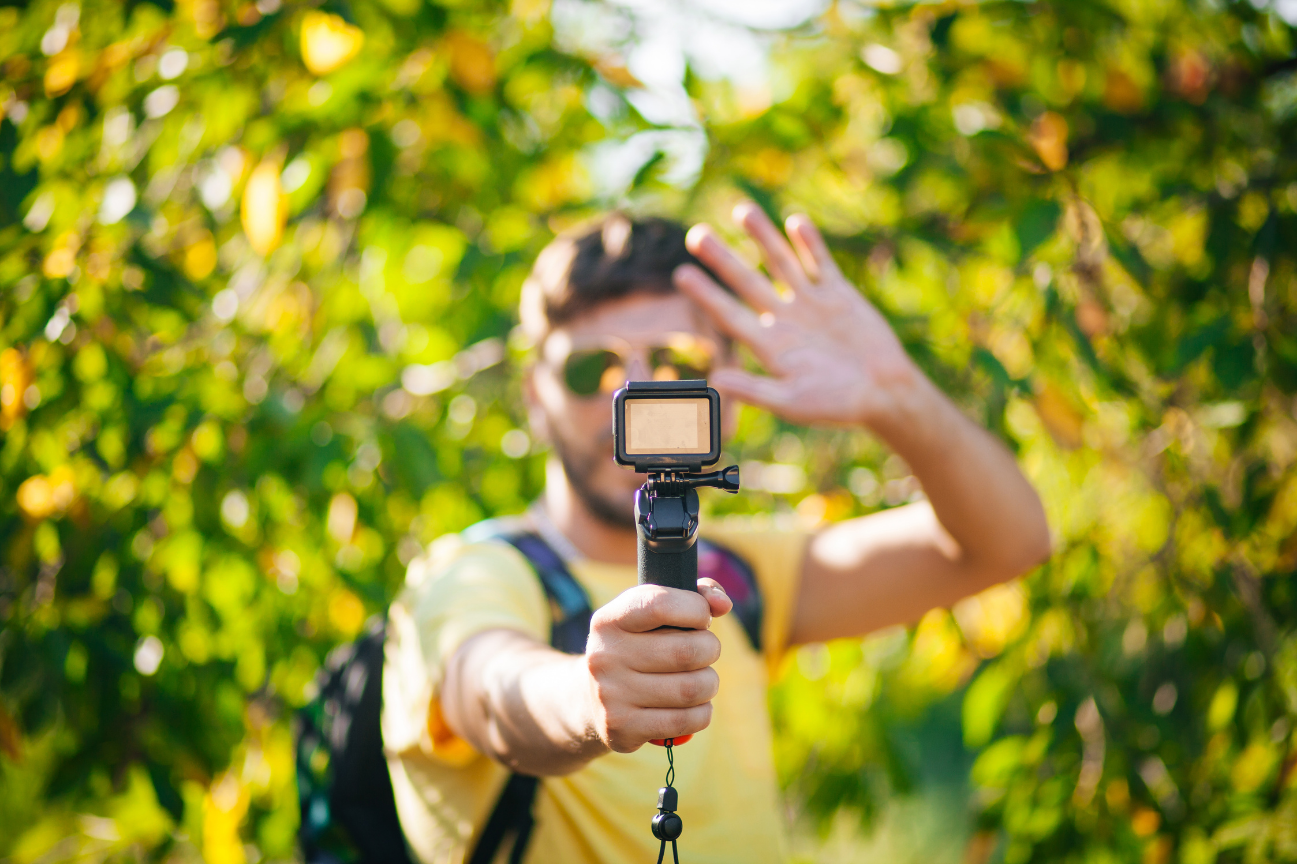Feeling slightly overwhelmed by social media, wondering how to maximize your efforts on Facebook, Twitter, and other social networking platforms? Well, you're not alone. Manta.com surveyed more than 1,200 business owners to find out which social platforms are the toughest to maintain for small business owners and found that Facebook, LinkedIn, and Twitter ranked high on the list.
But if you're letting that frustration get in the way of maintaining an active presence on the main social media sites, you're squandering a gold mine. Online travel industry statistics from Funsherpa.com reveal 87 percent of travelers used the Internet for a bulk of their travel planning and 50 percent of travel companies surveyed reported that direct bookings were generated from social media.
The Role of Social Media for Tour and Activity Operators
Social media plays a pivotal role for tour and activity operators by serving as a dynamic platform to showcase offerings, engage with potential and existing customers, and build brand awareness.
Operators can use social media to post captivating content like stunning images, engaging videos, and customer testimonials that highlight the unique experiences they offer. Additionally, social media facilitates direct communication with customers through comments, messages, and feedback, allowing operators to respond promptly and personalize their interactions.
Platforms like Facebook, Instagram, and Twitter also provide powerful tools for targeted advertising, helping businesses reach specific demographics and interests, ultimately driving bookings and fostering community around their brand.
To make sure you're making the most of social media, follow these 11 online marketing strategies.
1. Create a realistic plan
Don't think that you have to be on every single social media platform out there. Instead, be realistic: Consider how much time you can dedicate to pulling together content for your social media channels and how frequently you want to post to each site.
Also keep in mind that fans and followers are going to expect you to comment or reply back, so you need to make time for that. Marketing experts share their insights on "The Art of Response on Social Media" for Entrepreneur magazine and point out that most commenters expect a response within 24 hours. In order to not spread yourself thin, choose up to two platforms that you can realistically stick to a schedule with so that staff members can handle all social media tasks and interactions with ease.
2. Don't be overly promotional
While social media platforms are great avenues to share what you have to offer, the true purpose of staying active on these sites is to generate interest in your business, gain fans and followers, and share interesting content. Avoid spamming fans and followers with updates about your specials, ads about your offerings, or anything that sounds like a sales pitch.
Focus instead on sharing unique and interesting content that your fans and followers will want to share on their social networks. This might include video of behind-the-scenes footage of chefs preparing meals for a food tour or a short introduction from the captain of a boat tour company.
Or, it could be something as simple as a photo gallery of a sneak preview of upcoming tours of the season, or a short article from the owner of a canoe tour company about what to look forward to in the area this travel season.
Sharing this type of content that your fans and followers end up sharing without directly asking them is is word-of-mouth marketing in action on the social grid and can help you maintain a loyal following for the long haul.
3. Keep things short and simple
It's a great idea to describe a tour or activity with creative copy and entice your viewers but you want to avoid writing mini paragraphs when posting on Facebook or Instagram. The experts at Wishpond point out that posts shorter than 250 characters have 60 percent more engagement than longer posts.
Whether you're sharing details about a recent kayaking trip or posting an update about an upcoming promotion, keep the message short and sweet — preferably just a few lines.
4. Engage with the community
Whether you're busy on Facebook, are just getting started with Twitter, or are active on sites like Pinterest and Instagram, you need to take the time to engage with other users in order to build your online presence. Sharing unique content is just one part of the puzzle.
As a tour and activity operator, utilize the tools of each platform: seek out locals by entering you location in the search feature on various sites, using hashtags like #travel or #tours, and connecting with complementary businesses such as the chamber of commerce, area hotels and resorts, and other business contacts.
The goal is to interact with the community and, eventually, earn your following. As you strive to engage authentically on social media, partnering with influencers can amplify your reach and credibility.
Learn how to effectively collaborate with influencers in the travel sector by exploring our insights on influencer marketing for tour businesses. This strategy can help you tap into larger audiences, bringing fresh eyes to your unique travel experiences.
5. Get on a Facebook Page updating schedule
Updating Facebook regularly with photos, video clips, blog posts, and information about your tours or activities can engage your fans and help prospective travelers learn more about what you offer.
The key to success with Facebook marketing is making sure you post enough but not too much — the experts at Buffer recommend posting a maximum of two times per day, seven days a week between the hours of 10 a.m. to 3 p.m.
6. Use scheduling tools to be consistent
When you've determined how often you want to post to social media sites and have a schedule to work with, consider using apps and tools like Sprout Social, HootSuite, or Buffer to schedule all of your posts to go live at certain times of the day.
This can take the stress of administrative tasks off the shoulders of staff members, who are better off spending their time helping guests with customer service inquiries or taking care of tour-related activities.
7. Use the right keywords and hashtags in your tweets
If you're active on Twitter, make it easy for prospective travelers to find you with Twitter's search features. Debbie Hemley, a social media consultant and blogger, tells Social Media Examiner that it's a good idea to make a list of keywords that best describe your business and industry.
Using hashtags to accompany your tweets such as #travel, #kayaking, #[destination] can help you attract followers.
8. Share experiences on YouTube
Demand for video content is growing rapidly — Cisco reports that consumer Internet video traffic will account for 80 percent of all traffic in 2019. Sharing videos on YouTube can foster loyalty, inspire potential customers to find out more about you, and makes it easy to drop video links on Facebook, Twitter, and other social media sites.
You can share everything from snippets of a tour experience to customer testimonials.For example, Boggy Creek Airboats in Orlando, Florida, features several videos from their most popular routes, along with clips of guests enjoying the experience. One of their intro videos has garnered more than 226,000 views.
9. Post regularly to Instagram
Instagram is a popular photo-sharing site that also offers the option of sharing short video clips. You can include information about your company in a few sentences in the bio along with a direct link to your website or booking page.
Hawaiian Paddlesports does a great job of posting shots of its outrigger canoes and beach activities, garnering hundreds of likes on many of its photos. You can do the same and tag all of your photos using relevant hashtags — a simple way to stand out on Instagram as users enter hashtags to find photos of interest.
Make sure to tag almost all of your photos with your destination and use keywords like tours and the industry you are in for maximum exposure.
10. Get active on Pinterest
Photo-sharing sites like Instagram and Facebook aren't the only places to generate likes and attract followers. Jump on Pinterest so you can share your photos on themed boards related to the services you offer and connect with travelers or complementary businesses.
You can post everything from creative ads to promote specials you are offering to candid photos. Take a look at the Pinterest boards of MSH Hawaii Tours for inspiration. The company has created 14 boards with different themes and generated 100-plus likes to date.
Whether your goal is to increase bookings, maintain a positive online presence, or connect with customers and local businesses in new ways, adopt some of these social media habits to stay one step ahead of the competition.
Role of Paid Social Advertising for Tour Operators
Paid social advertising is essential for tour operators, offering a targeted approach to reach potential customers who are most likely to be interested in their tours and activities.
By leveraging the sophisticated targeting capabilities of platforms like Facebook and Instagram, operators can customize their campaigns based on demographics, interests, and behaviors, ensuring their ads are seen by the right audience.
Paid social advertising is pivotal, but integrating paid search strategies can further enhance your visibility across digital platforms. Learn more about leveraging these opportunities with our guide on paid search for tour businesses, which offers insights into creating targeted, effective campaigns that drive bookings and grow your tour operator business.
Better Awareness
Enhancing brand awareness is crucial for tour operators to differentiate themselves in a crowded market. Effective strategies involve consistent messaging across various channels, including social media, email marketing, and content marketing.
By maintaining a strong online presence and sharing compelling stories and visuals, tour operators can attract more attention and create a memorable brand image that resonates with potential customers.
Website Retargeting
Website retargeting is a powerful tool for tour operators to re-engage visitors who have shown interest but haven't completed a booking.
By using cookies to track these users, operators can display targeted ads across different websites they visit, reminding them of the tours they viewed and prompting them to return to complete their purchase.
This strategy helps increase conversions by keeping the brand and its offerings top of mind.
Targeting Customers Having Touchpoints with Your Business
Focusing on customers who have previously interacted with your business can lead to higher engagement and conversion rates. Tour operators can leverage data from past bookings, website interactions, and social media engagement to tailor marketing efforts.
This could include sending personalized offers, updates on new tours, or exclusive content to individuals who have shown a genuine interest, effectively nurturing these leads into loyal customers.
Key Takeaways
- Choose the Right Platforms: Focus on up to two social media platforms to manage your content and interactions effectively without spreading resources too thin. This ensures quality engagement and consistency in communication.
- Engage Authentically: Avoid being overly promotional. Instead, share unique, interesting content that provides real value to your followers. Engage with the community, respond promptly to comments, and participate in discussions to build a loyal following.
- Optimize Posting Strategies: Keep posts short and to the point to boost engagement. Use scheduling tools to maintain a consistent presence, and ensure your content is timely and relevant. Employ the right keywords and hashtags to increase visibility and attract more followers.
While maintaining a consistent and engaging presence on social media, don't overlook the power of integrating SMS marketing into your communication strategy. Discover comprehensive strategies on SMS marketing for travel and tourism that can complement your social media efforts, helping you reach customers directly on their mobile devices for more personalized interactions.
Frequently Asked Questions
Is Paid Social Media Advertising Worth It?
Yes, paid social media advertising is worth it for many businesses. It provides precise targeting options that allow you to reach specific demographics, interests, and behaviors, maximizing the efficiency of your ad spend. Paid ads can quickly increase brand visibility, drive traffic, and generate leads or sales.
How Do Tour Operators Advertise?
Tour operators advertise through a variety of channels to reach potential customers. These include online advertising using platforms like Google Ads and social media, where they can target specific demographics and interests.
Additionally, they often employ email marketing campaigns to send targeted promotions and updates to past and potential customers.
How Does a Tour Operator Generate Revenue?
A tour operator generates revenue primarily by selling travel packages that include elements like accommodations, transportation, guided tours, and other travel-related activities. They may also earn income through commissions received from partnering businesses such as hotels, airlines, and local attractions.












